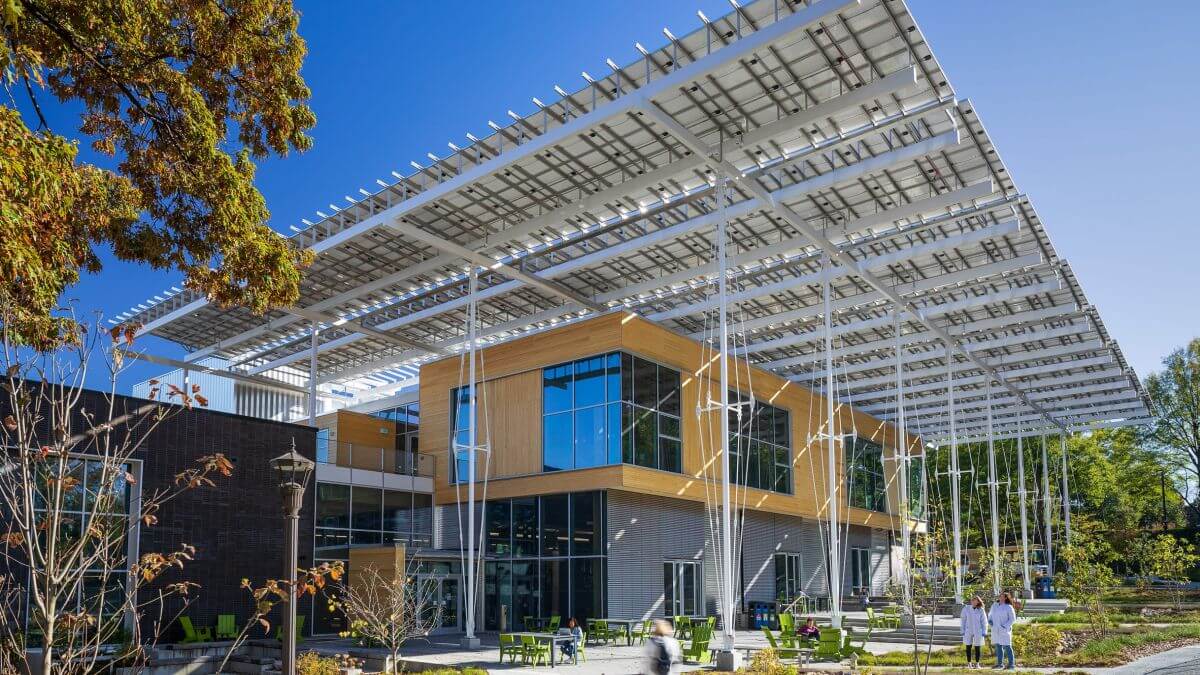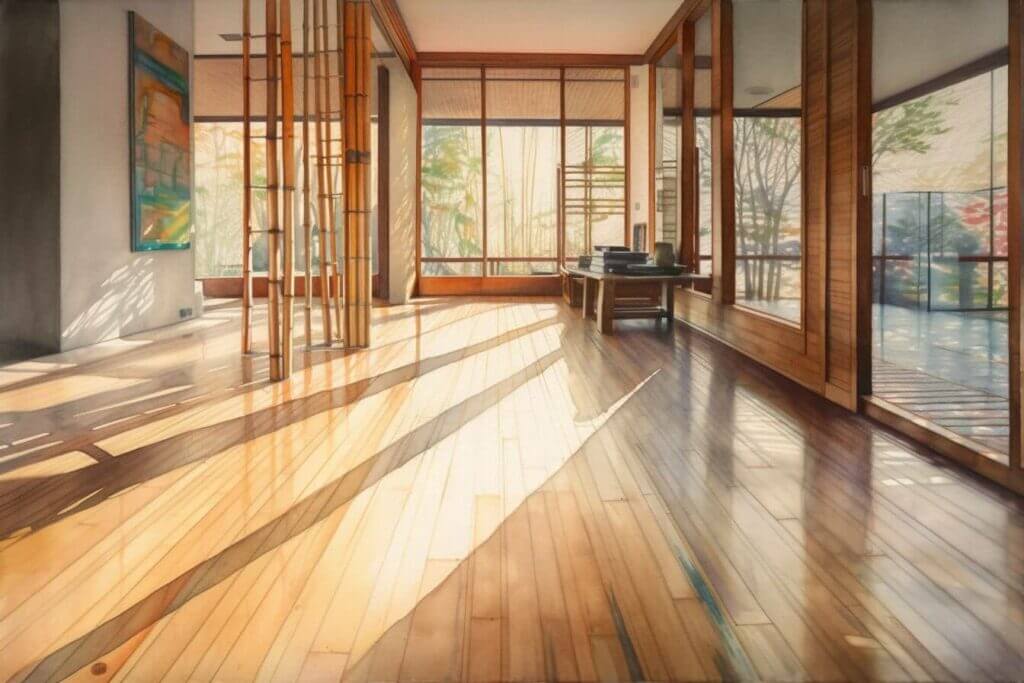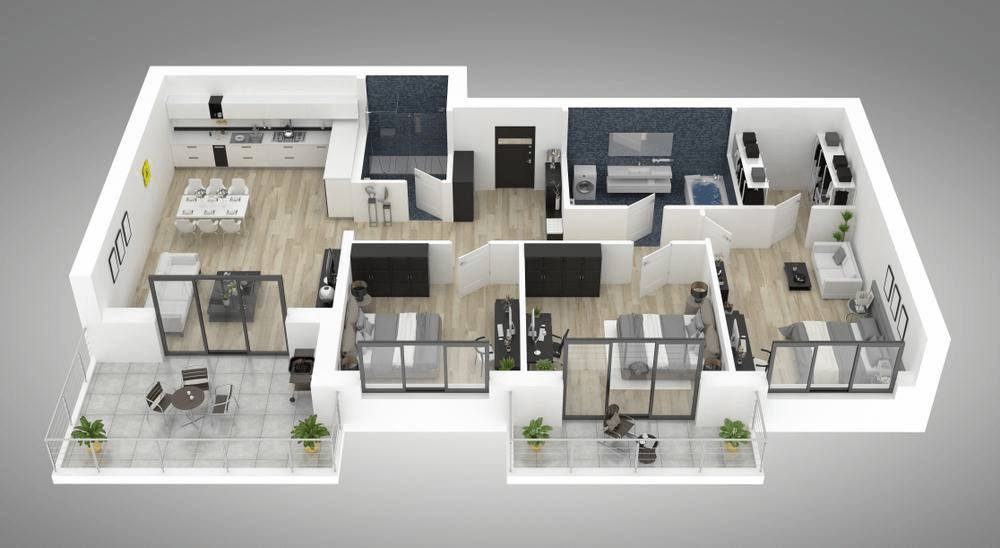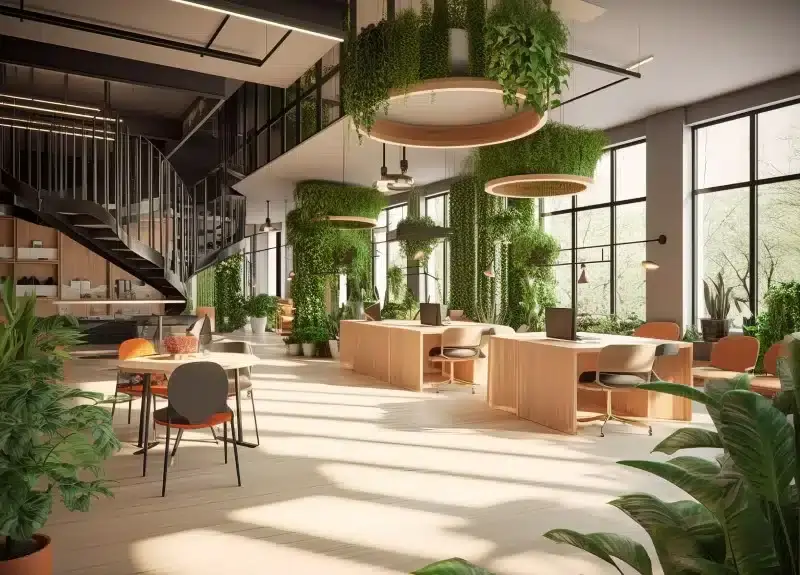
The concept of eco-building design is gaining momentum in the construction sector as more people and companies appreciate the value of incorporating conscious practices. This approach goes beyond looks and functionality; it emphasizes the importance of minimizing harm to the environment while maximizing energy efficiency. In this article, we will delve into some concepts of sustainable architecture (Denver) that every aspiring architect, constructor, and homeowner should be aware of.
1. Energy Conservation
Energy conservation stands out as an aspect of eco-building design. Buildings play a role in energy consumption, making it essential to create structures that consume less energy to reduce greenhouse gas emissions and lower our environmental impact.
To achieve this goal, designers utilize strategies like insulation, high-performance windows, natural ventilation systems, and efficient HVAC (Heating, Ventilation, and Air Conditioning) units as part of the sustainable architecture project.
2. Embracing Eco-Friendly Materials
 Another fundamental principle is the use of sustainable materials in construction practices. By decreasing reliance on renewable resources such as fossil fuels or scarce materials like timber from mature forests, eco-friendly building design promotes environmentally conscious alternatives.
Another fundamental principle is the use of sustainable materials in construction practices. By decreasing reliance on renewable resources such as fossil fuels or scarce materials like timber from mature forests, eco-friendly building design promotes environmentally conscious alternatives.
In sustainable architecture, incorporating eco practices such as using recycled materials like reclaimed wood or recycled metal for construction and harnessing alternative energy sources like solar panels or wind turbines to power buildings is vital.
3. Water Conservation
Water conservation also plays a vital role in strategies such as implementing rainwater harvesting systems for landscape irrigation and installing low-flow plumbing fixtures to reduce water consumption without compromising functionality.
4. Efficient Space Planning
 When designing buildings, efficient space optimization is crucial. By optimizing layouts and utilizing spaces creatively, architects can minimize resource use while maintaining convenience and comfort for occupants.
When designing buildings, efficient space optimization is crucial. By optimizing layouts and utilizing spaces creatively, architects can minimize resource use while maintaining convenience and comfort for occupants.
5. Passive Design Techniques
Passive design techniques, which rely on resources like energy and wind movement to enhance occupant comfort and reduce reliance on mechanical systems, are essential in sustainable architecture.
Examples include orienting buildings for sunlight exposure, using shading devices to regulate temperature, and incorporating ventilation strategies.
6. Biophilic Design
 The concept of biophilic design, which involves integrating elements of nature into building plans, is becoming increasingly popular due to its positive impact on both human well-being and the environment.
The concept of biophilic design, which involves integrating elements of nature into building plans, is becoming increasingly popular due to its positive impact on both human well-being and the environment.
This design approach aims to reconnect individuals with the world by incorporating connections to organic materials and green spaces within buildings. Features such as living walls, rooftop gardens, and expansive windows that offer views of the surroundings can enhance people’s sense of wellness and support sustainability efforts.
7. Lifecycle Analysis
Lifecycle analysis is a principle in architecture that evaluates the environmental footprint of a building over its entire lifespan. From construction through operation to eventual demolition or deconstruction rather than just focusing on initial costs or carbon emissions during use.
By taking into account factors like material sourcing, production methods, recyclability, and adaptability for various purposes, architects can make choices that reduce environmental impact over time.
8. Collaborative Approach
Successful sustainable architecture relies heavily on collaboration among architects, engineers, contractors, and clients. It is crucial for these stakeholders to work together as a team with a shared commitment to eco-conscious design.
Each party brings skills and perspectives to the table, fostering solutions that consider environmental sustainability alongside functionality and aesthetics.
By encouraging teamwork among all parties involved, sustainable architectural endeavors can lead to results that cater to the needs of both people and the environment.
Summary
Following these essential guidelines empowers architects and construction professionals to develop eco-buildings with positive effects on our world. Practices promoting energy efficiency help decrease carbon footprints and lessen dependence on resources while water-saving initiatives address global water scarcity concerns.
By incorporating energies, embracing spatial planning tactics, and integrating elements of biophilic design, the well-being of occupants is ensured alongside the promotion of environmentally friendly living spaces.
Consistently integrating these principles into building ventures paves the way for a shift towards a more sustainable tomorrow where architecture champions environmental conservation without sacrificing aesthetics or practicality.
Jordan Avery
Related posts
Stay connected
- How LoveOn Chat Is Becoming the Most Versatile AI Companion for Digital UsersThe internet keeps shifting toward hyper-personal interaction, and AI companions are at the center of this shift. What used to be simple chatbots are now evolving into emotionally aware, adaptive, and multi-functional digital partners. Among the new generation of platforms, LoveOn Chat is becoming one... The post How LoveOn Chat Is Becoming the Most Versatile […]
